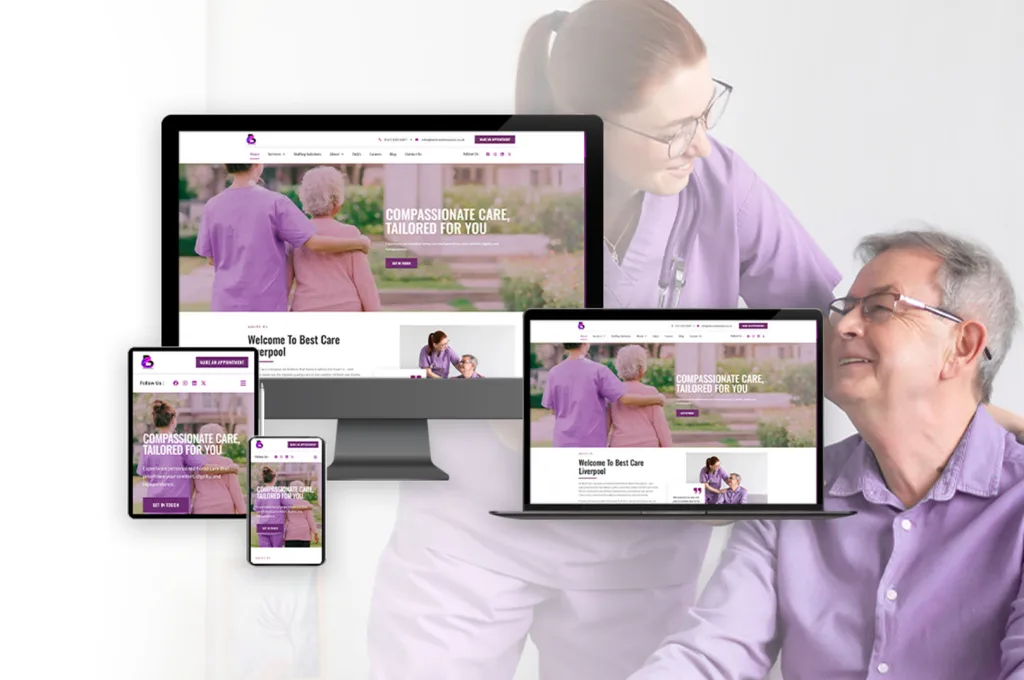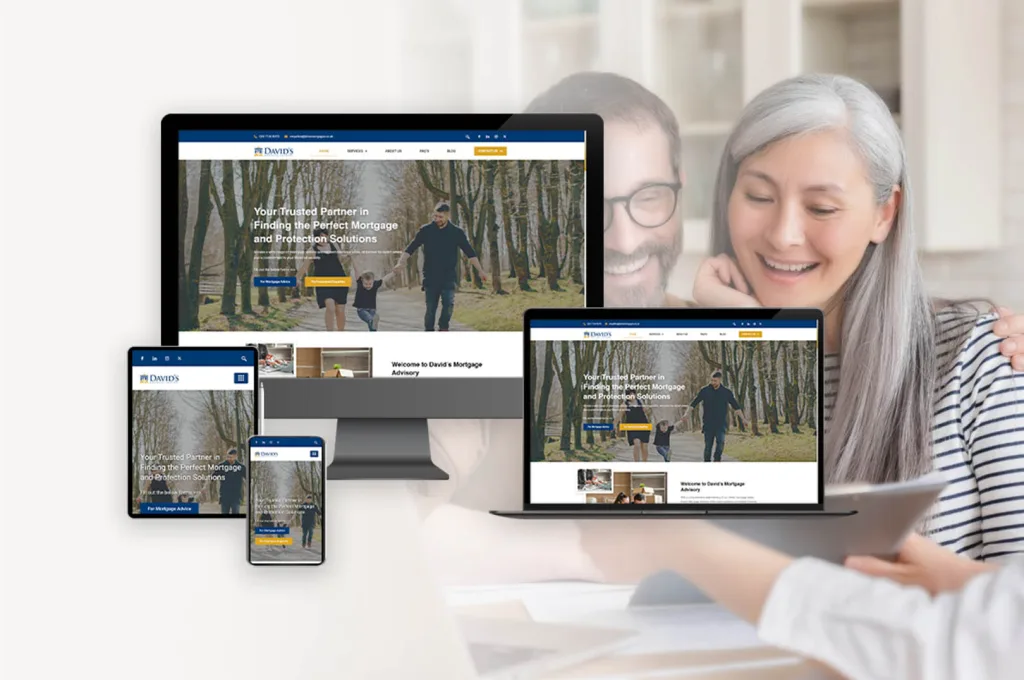10 Reasons Why Your Website Needs a Redesign
10 Reasons Why Your Website Needs a Redesign
Introduction
Having an outdated website can be detrimental to your business. It can make your business look unprofessional and can even drive away potential customers. A website redesign can help you stay competitive and give your business a modern, professional look. Here are 10 reasons why your website needs a redesign:

Outdated Design: How a Redesign Can Help Your Website Look Modern and Professional
As technology advances, so does the design of websites. Outdated designs can make a website look unprofessional and can even drive away potential customers. A redesign can help your website look modern and professional, and can even help you attract more customers.
When considering a redesign, it is important to consider the overall look and feel of the website. A modern website should have a clean, uncluttered design with a focus on usability. The navigation should be easy to use and the content should be organized in a logical way. Additionally, the website should be optimized for mobile devices, as more and more people are using their phones and tablets to access the internet.
The colors and fonts used on the website should also be updated. Bold, vibrant colors can help draw attention to important elements, while subtle colors can create a more calming atmosphere. The fonts should be easy to read and should be consistent throughout the website.
Finally, the content should be updated to reflect the latest trends and technologies. This includes using high-quality images and videos, as well as incorporating social media into the website. Additionally, the content should be optimized for search engines, as this will help your website rank higher in search results.
By following these tips, you can create a modern and professional website that will help you attract more customers. A redesign can be a great way to give your website a fresh look and make it stand out from the competition.
The Benefits of a Responsive Design: Why Your Website Needs to Adapt to Different Screen Sizes
In today’s digital age, having a website that is responsive to different screen sizes is essential for businesses. A responsive design allows a website to adapt to the size of the device it is being viewed on, providing an optimal viewing experience for the user. This is important for businesses, as it ensures that their website is accessible to a wide range of users, regardless of the device they are using.
The primary benefit of a responsive design is that it increases user engagement. When a website is optimized for different screen sizes, users are able to access the content they need quickly and easily. This makes it more likely that they will stay on the website longer, increasing the chances of them taking the desired action. Additionally, a responsive design can improve the user experience, as it eliminates the need for users to scroll or zoom in order to view the content.
Another benefit of a responsive design is that it can improve search engine rankings. Search engines such as Google prioritize websites that are optimized for mobile devices, as they are more likely to provide a better user experience. This means that having a responsive design can help to improve a website’s ranking in search engine results, making it more likely that users will find it.
Finally, a responsive design can help to reduce maintenance costs. When a website is optimized for different screen sizes, it eliminates the need to create and maintain separate versions of the website for different devices. This can save businesses time and money, as they do not need to invest in creating and maintaining multiple versions of the website.
In conclusion, having a responsive design is essential for businesses in today’s digital age. It increases user engagement, improves search engine rankings, and reduces maintenance costs. For these reasons, it is important for businesses to ensure that their website is optimized for different screen sizes.
SEO Benefits of a Website Redesign: How a Redesign Can Help You Rank Higher in Search Engines
A website redesign can be a great way to improve your website’s visibility in search engine rankings. By making sure your website is up-to-date with the latest design trends and SEO best practices, you can ensure that your website is optimized for search engine algorithms and can rank higher in search engine results. Here are some of the SEO benefits of a website redesign:
1. Improved User Experience: A website redesign can help improve the user experience of your website. By making sure your website is easy to navigate and has a modern design, you can make sure that visitors stay on your website longer and are more likely to convert. This can help improve your website’s ranking in search engine results.
2. Improved Site Structure: A website redesign can also help improve the structure of your website. By making sure your website is organized in a logical way, you can make sure that search engine crawlers can easily find and index your website’s content. This can help improve your website’s ranking in search engine results.
3. Improved Content: A website redesign can also help improve the quality of your website’s content. By making sure your website’s content is up-to-date and relevant to your target audience, you can make sure that your website is providing valuable information to visitors. This can help improve your website’s ranking in search engine results.
4. Improved Technical SEO: A website redesign can also help improve the technical aspects of your website. By making sure your website is optimized for speed and mobile-friendliness, you can make sure that your website is optimized for search engine algorithms. This can help improve your website’s ranking in search engine results.
By making sure your website is up-to-date with the latest design trends and SEO best practices, you can ensure that your website is optimized for search engine algorithms and can rank higher in search engine results. A website redesign can be a great way to improve your website’s visibility in search engine rankings and can help you reach more potential customers.
User Experience: How a Redesign Can Improve Your Website’s Usability
The user experience of a website is a critical factor in its success. A website that is difficult to use or navigate can lead to a poor user experience, resulting in fewer visitors and fewer conversions. A website redesign can help improve the usability of a website, making it easier for users to find what they are looking for and complete tasks quickly and efficiently.
When redesigning a website, it is important to consider the user experience. This includes the overall look and feel of the website, the navigation structure, and the content. The goal of a website redesign should be to make the website easier to use and more intuitive for users.
The first step in improving the user experience of a website is to create a clear navigation structure. This should include a main menu that is easy to find and use, as well as a search bar that allows users to quickly find what they are looking for. The navigation should also be organized in a logical way, with related items grouped together.
The next step is to create a design that is visually appealing and easy to use. This includes choosing a color scheme that is easy on the eyes, using fonts that are easy to read, and ensuring that the layout is intuitive and easy to navigate. Additionally, it is important to ensure that the website is optimized for mobile devices, as more and more users are accessing websites from their phones and tablets.
Finally, it is important to ensure that the content on the website is relevant and up-to-date. This includes ensuring that the content is accurate and up-to-date, as well as making sure that it is easy to read and understand. Additionally, it is important to ensure that the content is organized in a logical way, with related items grouped together.
By taking the time to consider the user experience when redesigning a website, it is possible to create a website that is easy to use and navigate, resulting in a better user experience and more conversions.
Improved Security: Why You Need to Update Your Website’s Security Features
As technology advances, so do the threats to website security. Hackers are constantly finding new ways to exploit vulnerabilities in websites, and it is essential that website owners take the necessary steps to protect their sites from these malicious attacks. Updating your website’s security features is one of the most important steps you can take to ensure the safety of your website and its users.
The first step in updating your website’s security features is to ensure that all of your software is up to date. Outdated software can contain security vulnerabilities that hackers can exploit, so it is important to keep all of your software up to date. Additionally, you should also make sure that all of your plugins and themes are up to date. Plugins and themes can also contain security vulnerabilities, so it is important to keep them up to date as well.
Another important step in updating your website’s security features is to use a secure hosting provider. A secure hosting provider will provide you with the latest security measures, such as firewalls and malware scanning, to protect your website from malicious attacks. Additionally, a secure hosting provider will also provide you with regular backups of your website, so that you can quickly restore your website in the event of a security breach.
Finally, you should also consider implementing additional security measures, such as two-factor authentication and SSL encryption. Two-factor authentication requires users to enter a code sent to their phone or email address in addition to their username and password, making it much more difficult for hackers to gain access to your website. SSL encryption ensures that all data sent between your website and its users is encrypted, making it much more difficult for hackers to intercept and steal sensitive information.
By taking the necessary steps to update your website’s security features, you can ensure that your website is safe and secure for your users. Updating your website’s security features is an essential part of website maintenance, and it is important to stay up to date with the latest security measures to protect your website from malicious attacks.
Conclusion
In conclusion, a website redesign is essential for any business that wants to stay competitive in today’s digital world. A website redesign can help improve user experience, increase website traffic, and boost conversions. It can also help to create a more professional and modern look and feel for your website. A website redesign can also help to improve SEO rankings, increase brand awareness, and create a better overall user experience. Ultimately, a website redesign is an important investment for any business that wants to stay ahead of the competition.
If you’re looking to give your website a much-needed facelift, then look no further! Check out the top 10 reasons why your website needs a redesign and get started today! Click here to get started with Elegant. and give your website the makeover it deserves!
10 Reasons Why Your Website Needs a Redesign Read More »














